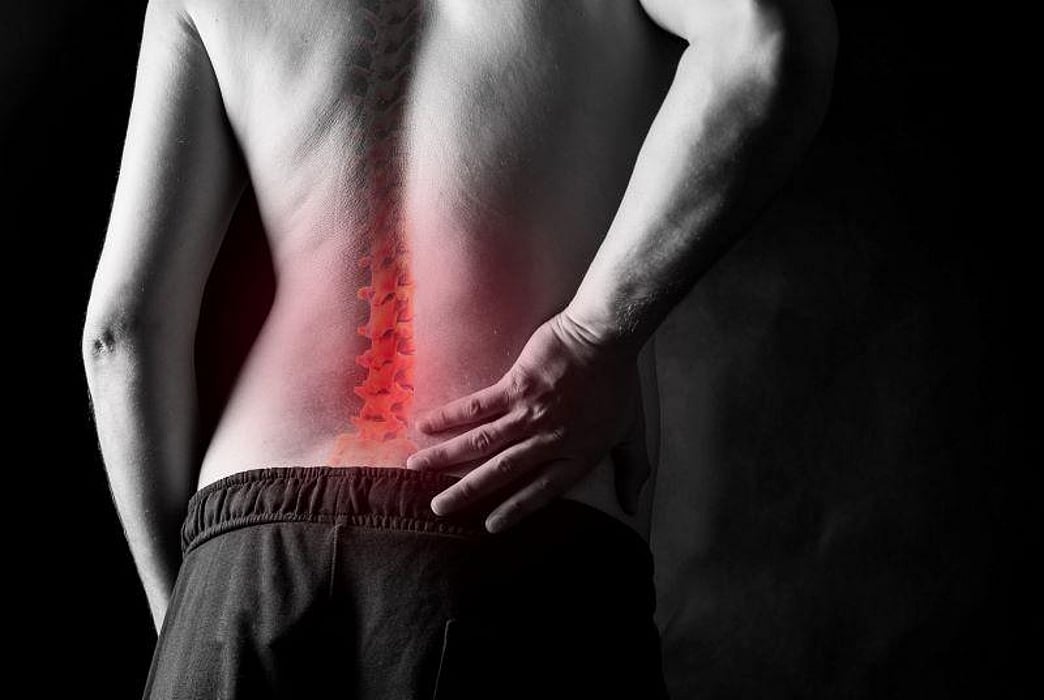Use of Posterior Spinal Fusion Expected to Increase 80 Percent by 2060

FRIDAY, March 3, 2023 (HealthDay News) -- It is estimated that the use of posterior spinal fusion will increase substantially through 2060, particularly in patients aged 75 years and older, according to a study published online Feb. 10 in Clinical Orthopaedics and Related Research.
Vincent J. Heck, M.D., from University of Cologne in Germany, and colleagues projected future demand for posterior spinal fusion procedures including age- and gender-related trends up to 2060. The analysis relied on nationwide German health records.
The researchers found that the incidence rate of posterior spinal fusion was estimated to increase by approximately 83 to 102 percent per 100,000 inhabitants in 2060. The rate was expected to be 1.3-fold higher for women undergoing surgery, but the highest increases occurred in patients aged 75 years and older, with 38,974 posterior spinal fusions in 2060 versus 14,657 in 2019. This trend was seen for both women and men, with a 246 percent increase in the total number of posterior spinal fusions for women aged 75 years and older and a 296 percent increase for men aged 75 years and older. For individuals younger than 55 years, posterior spinal fusions were projected to follow a constant or negative trend up to 2060.
"This study may serve as a model for many other industrialized countries facing similar demographic and procedure-specific developments in the future," the authors write.
Related Posts
Nurses Have Suicidal Thoughts More Often Than Other Workers: Study
MONDAY, Oct. 25, 2021 (HealthDay News) -- U.S. nurses think about suicide more...
Los pobres serán los más afectados por un mundo más caliente
MARTES, 15 de febrero de 2022 (HealthDay News) -- Un nuevo estudio muestra que...
Health Highlights: Feb. 21, 2022
New study will track dog's longevity. Over 32,000 pooches are enrolled in a...
Link Between Major Traumatic Brain Injury, Dementia Examined
THURSDAY, May 12, 2022 (HealthDay News) -- Major traumatic brain injury (TBI),...
